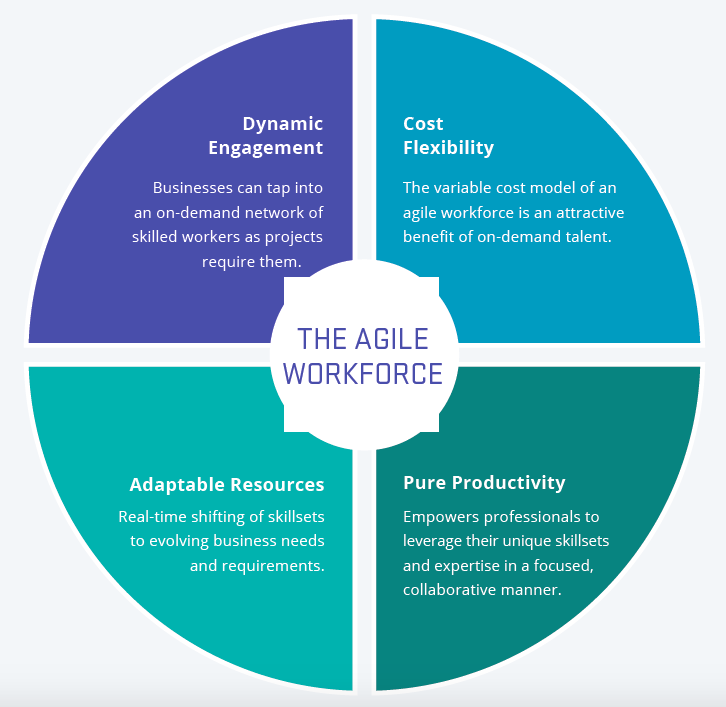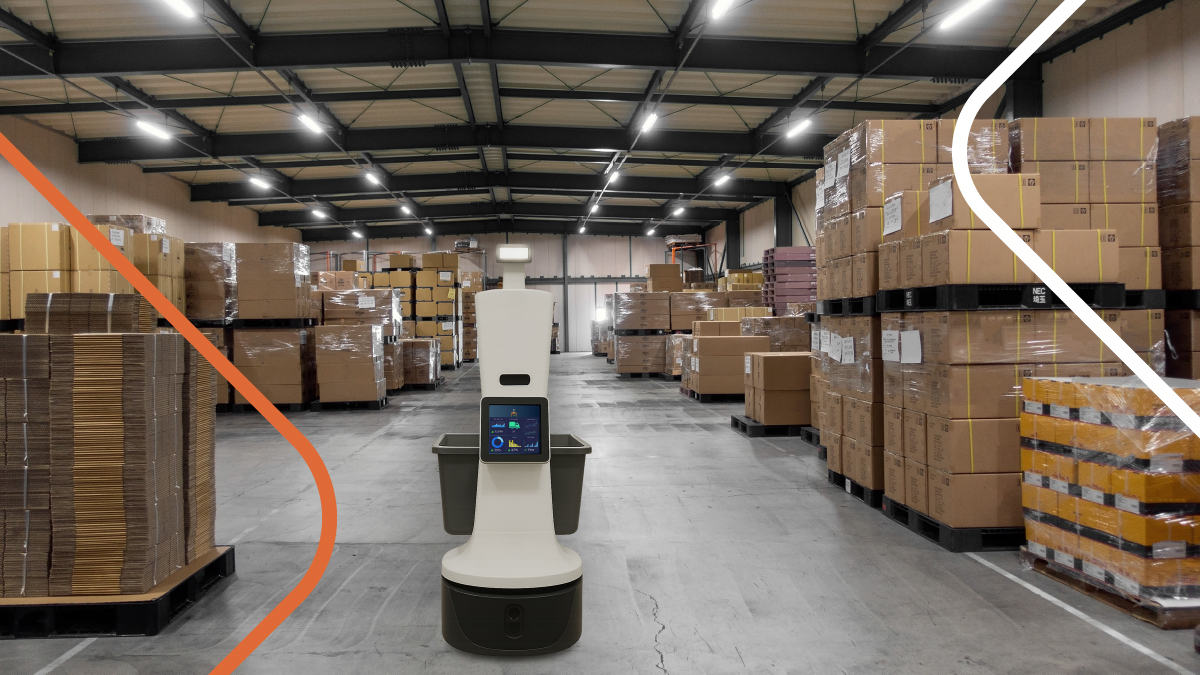
Introduction
As business executives approach a new decade, they must harness the potential of the non-employee workforce, leverage new and innovative talent acquisition models, and utilize progressive technology platforms to facilitate scalability across all enterprise functions. This research report will highlight the criticality of workforce agility in the evolving world of work and present recommendations and guidance on how to best tap into the power of digital staffing platforms and talent marketplaces to stay ahead of the competition.
The agile workforce defined
On the eve of a new decade, agility has become the modern business leader’s desired state-of-being. Ardent Partners research has found that 81% of business leaders today are focused on achieving enterprise agility, which is defined as the ability to craft strong, swift responses to rapidly shifting internal requirements and market dynamics.
Today, many business leaders pursue top-tier expertise and an on-demand workforce to be more responsive to new challenges and opportunities and deliver results in a more efficient, effective, and streamlined manner. This leads to the adoption of an “agile workforce” where businesses rely on high-quality talent that they can engage and leverage on-demand.
Rethinking Talent Acquisition
From the gig economy to the massive generational shift happening in today’s workforce, it is clear that businesses will need to embrace progressive talent acquisition models and related technology to be highly competitive in 2020 and beyond. The best-fit talent for a new project or organizational initiative will not always be found locally, nor will it always be available in a traditional full-time capacity. Enter the agile workforce.
To effectively build an agile workforce in 2020, business leaders must embrace next-generation talent acquisition models and blend them with current processes and strategies. Smart leaders will prepare themselves by understanding when the different types of talent can be found and the best ways to engage and manage it.
In the context of talent, “agility” generally boils down to on-demand access to, well, everything. Pursuing an agile workforce promotes real0time access to talent via digital staffing solutions, including talent marketplaces. This major progression in talent acquisition technology has allowed businesses to tap into talent in near real-time. And, by embracing the gig economy, more and more businesses understand that independent professionals can positively impact their critical projects and business objectives. What were once considered “alternative” work arrangements have become a standard means of getting work done. Businesses will account for this shift and continue to rethink and restructure their talent acquisition strategies accordingly in the 2020s.









